Farm Management
All Farm Management Content

Digital Farming: Free Satellite Imagery & NDVI Maps
Fact sheet about the benefits and accessibility of using satellite imagery and NDVI maps in modern farming.
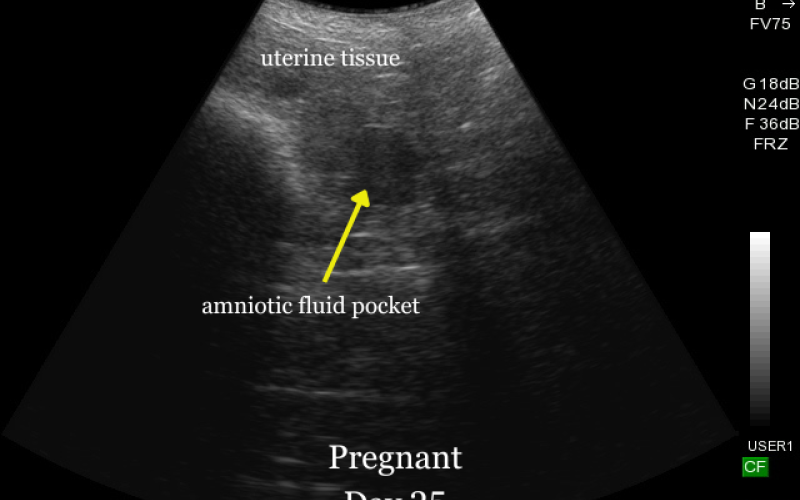
Detecting Pregnancy and Litter Size in Ewes Using Ultrasound
Guide providing insights on optimal timing for pregnancy scanning, what to look for at different gestational stages, and practical ultrasound techniques for the best results.

South Dakota Agricultural Land Market Trends
The 2025 South Dakota State University (SDSU) Extension Farm Real Estate Market Survey is the 35th annual survey of agricultural land values and cash rental rates by land use and quality in different regions of South Dakota.
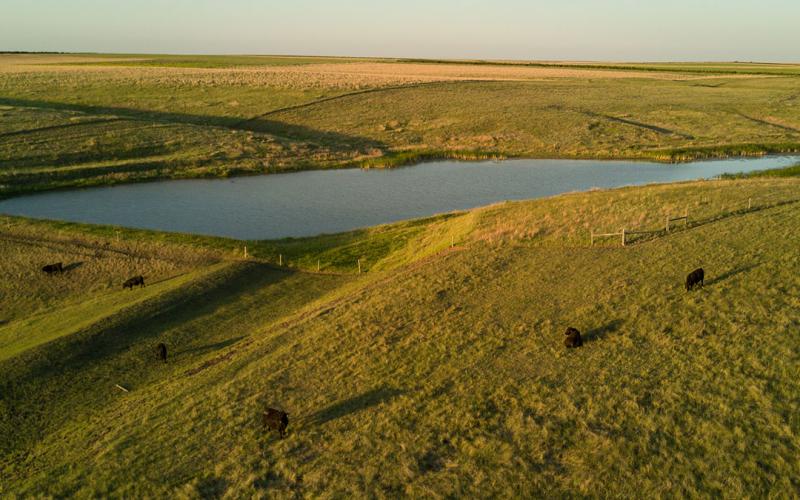
Grazing Calculator
The SDSU Extension Grazing Calculator eliminates the guesswork and mess associated with doing calculations by hand. It requires a few inputs on your end, and you will be able to save a downloadable Excel file for your record keeping.
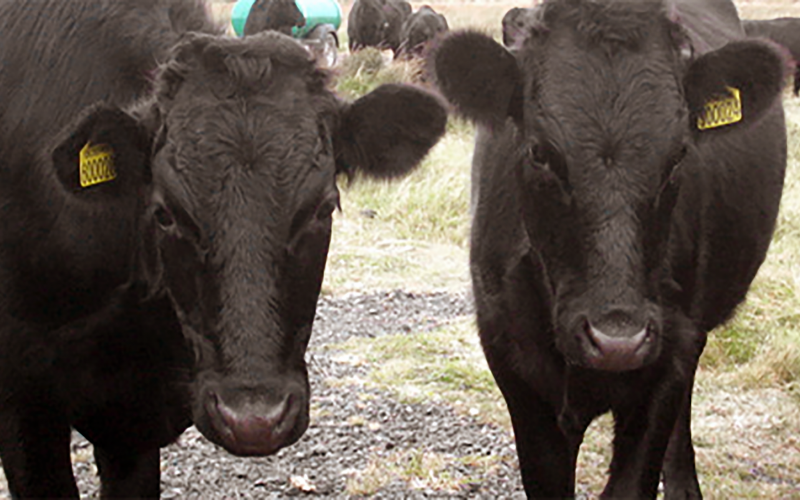
Heifer Selection Strategies
Producers should consider some common characteristics and questions to help select replacement heifers strategically.

I-29 Moo University Dairy Beef Short Course is March 25
March 10, 2025
The 2025 I-29 Moo University Dairy Beef Short Course is from 9 a.m. to 3:15 p.m. CDT on March 25 at the Denny Sanford Premier Center.
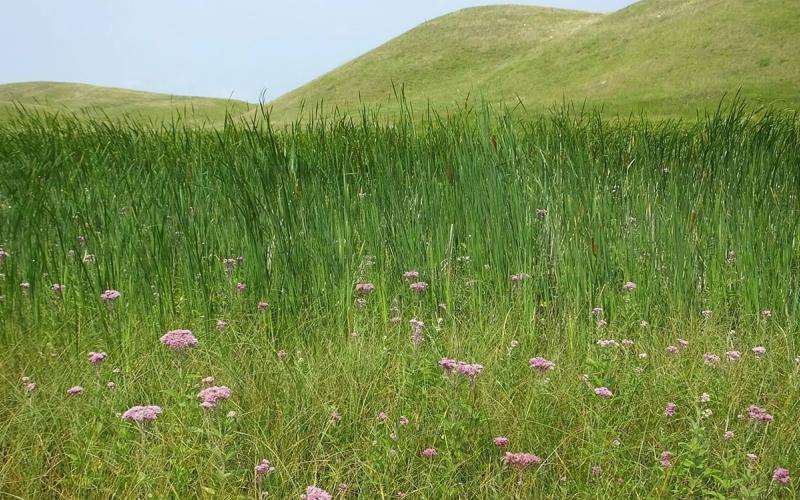
Understanding Grassland Terminology
Before learning the best practices of grassland management, it's important to know some of the common terminology used in the land management and conservation arena.
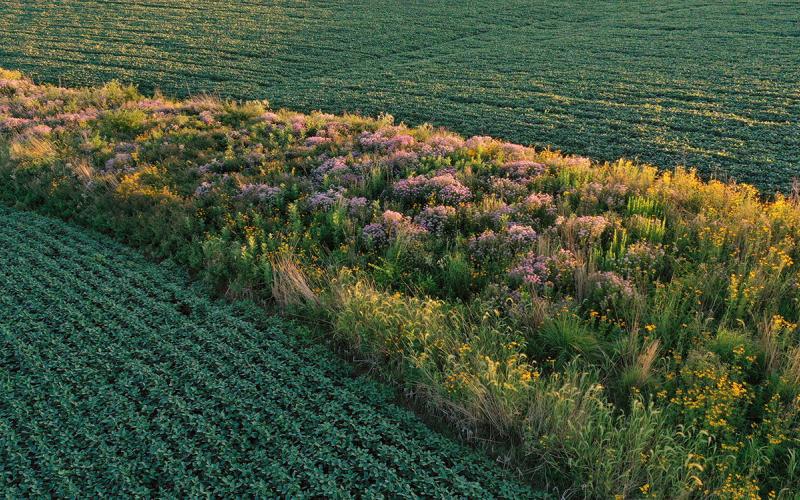
Using Prairie Strips To Protect South Dakota Water
Prairie strips are a new continuous Conservation Reserve Program practice that integrates native prairie plantings oriented linearly within a row crop field to reduce soil erosion and runoff.

Smooth Bromegrass Grazing Management
Smooth bromegrass is a cool-season introduced grass with an advanced root system that tolerates temperature extremes and drought exceptionally well.

Getting Ready for Winter on the Range
During periods of summer and fall drought, winter grazing opportunities may be limited or not available at all. Ranch managers must ensure that enough residual plant height and vegetation cover of the soil surface is available through the winter to aid in recovery of the rangeland.